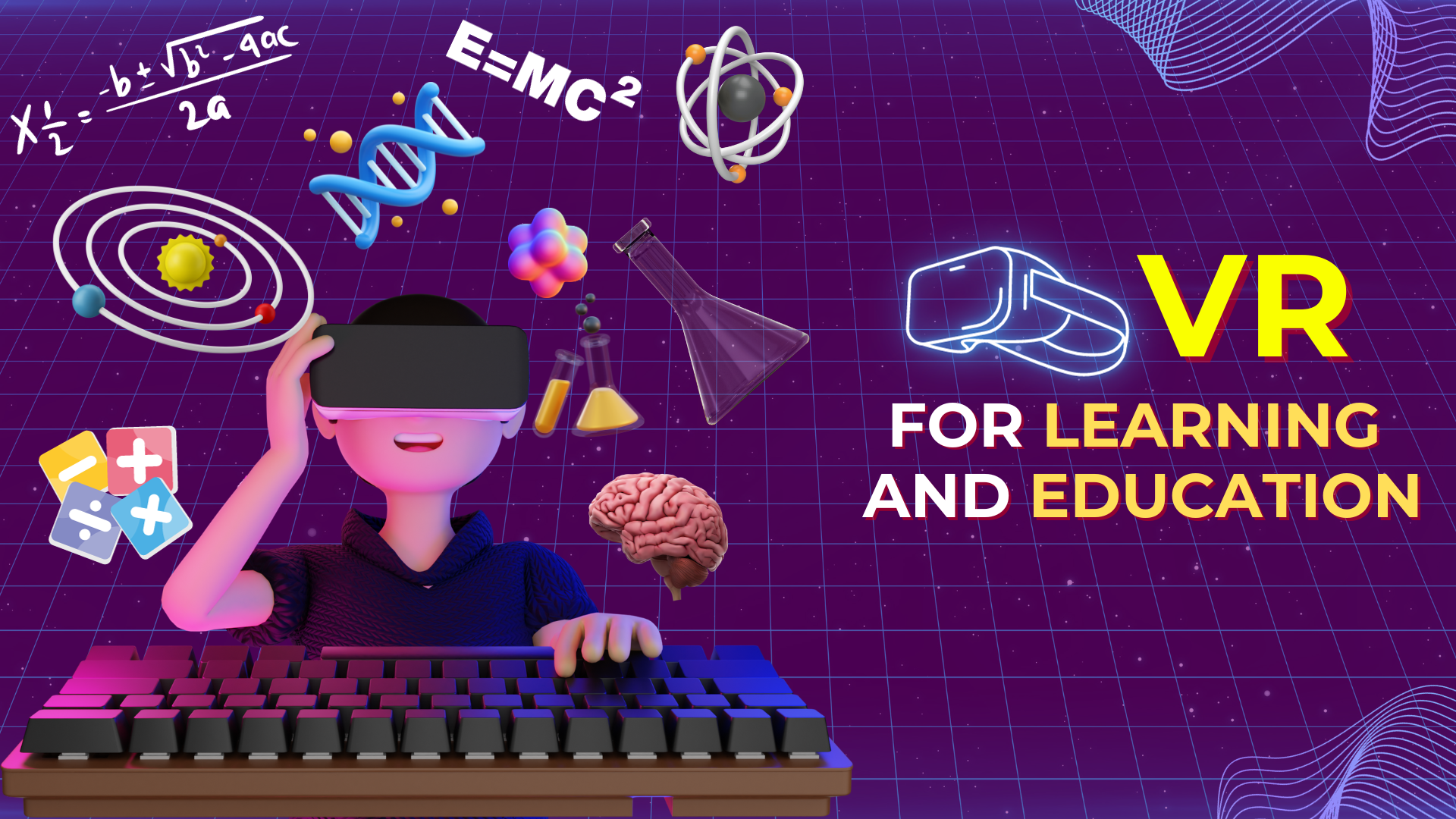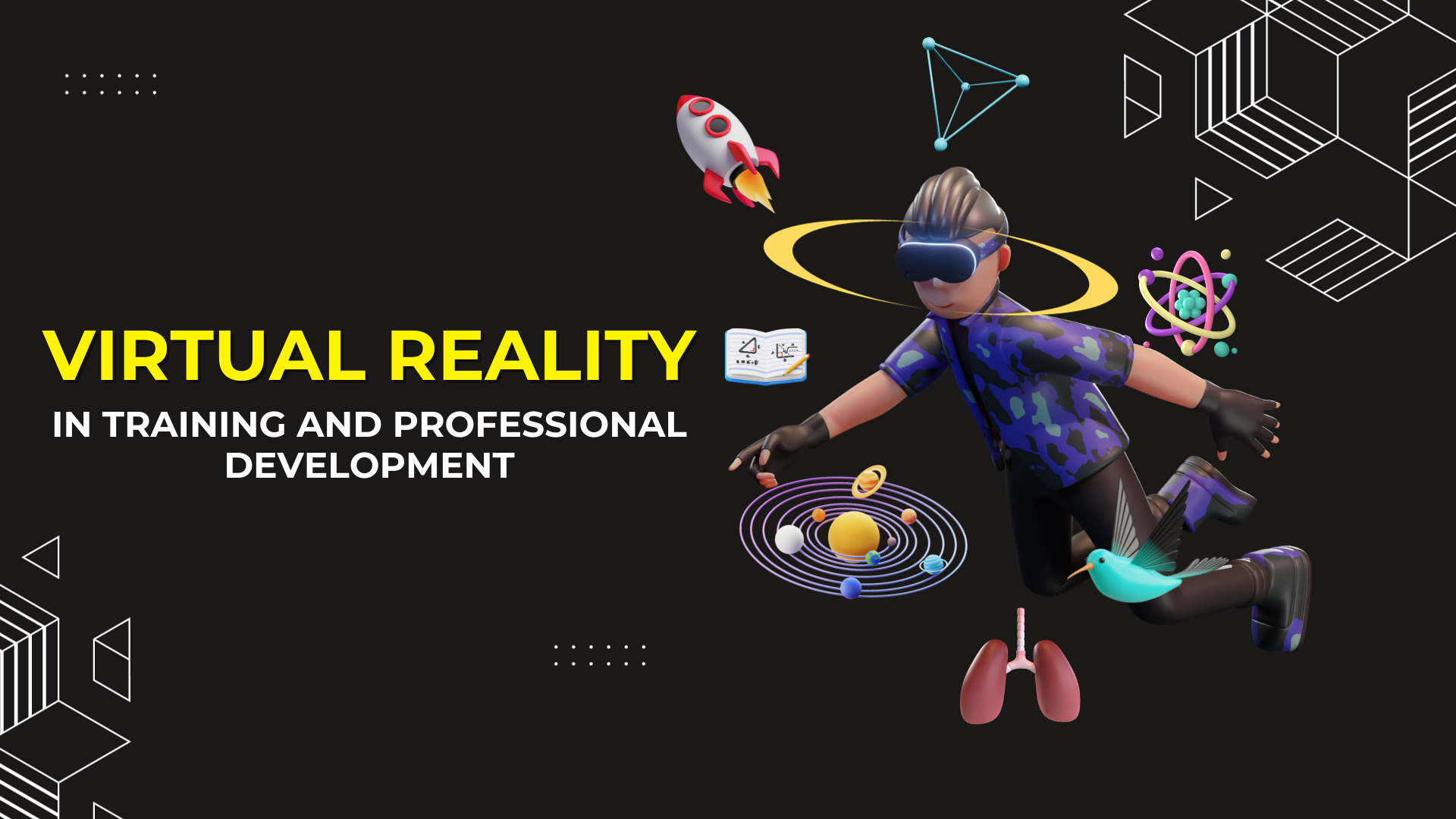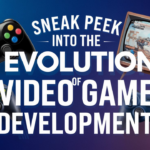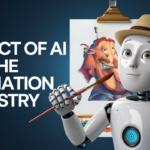If we talk about a revolutionary tool in the field of education that has redefined students’ learning and teachers’ teaching way is Virtual reality (VR). Now why is VR so popular these days? It’s because of its ability to create interactive and immersive environments in the classrooms.
In this article, we will talk about how VR has taken charge and is reshaping training and education simply from language learning to professional development.
What is virtual reality learning?
Virtual reality learning mostly known as VR is a highly educational approach that uses virtual reality technology. It creates various interactive and immersive learning experiences. It allows the learners to get immersed in computer-generated environments which eventually allows students to interact and explore with the digital content in a three-dimensional space.
With the help of VR educational processes are being enhanced as it provides a more memorable and engaging learning experience.
How does it work?
It’s as simple as it sounds but with the use of VR headsets. In some cases, one can also use other immersive devices that track the person’s body and head movements. This helps them to interact and navigate with the virtual world. VR content includes 3D models, virtual field trips, simulations, and interactive exercises.
This gives the learner the ability to manipulate objects and also allows them to explore historical settings. They can also conduct various experiments and can realistically work with educational material.
VR for Learning and Education

If we talk about the most notable benefit of VR in education it is the ability to make learning interactive. Textbooks and lectures are now not the only sources students can rely on; they can easily step into the virtual world and have a realistic experience.
Virtual Reality also allows customization and personalization. Tutors have the ability to customize learning according to every child’s needs. This allows the student to understand the subject at their own pace. Customized learning experience gives a deeper understanding of the subject and also encourages self-directed learning.
Furthermore, virtual reality expands access to education beyond geographical boundaries. Using virtual field trips, students can explore distant lands, museums, and historical sites, bridging the gap between theory and practice. It is especially beneficial for learners in remote or underserved areas who may not have access to physical resources.
Why is VR technology preferred in school education?
VR technology is popular in general education for its ability to engage students, make learning fun, and promote deeper understanding. It also aligns with the digital skills students need in the modern world.
Implementing VR in the classroom
To implement VR in the classroom, schools need VR headsets, educational VR content, and an appropriate curriculum. Teachers need to be trained in virtual reality integration and students must have access to the necessary equipment.
AR and VR in Education
Augmented Reality (AR) and VR both offer a comprehensive toolkit for educators. AR gives digital information into the real world, whereas VR immerses users in a wholly digital environment.
If we talk about the education sector then AR enhances students’ classroom experience. It provides extra add-on information via tablets or let’s say smartphones highly used by students these days. When we come to VR, it takes the students into a new world by creating immersive experiences.
VR Technology in Language Learning
VR also excels in the area of language acquisition. A VR language-learning application immerses users in a language-learning environment where the target language is spoken. You can learn a language while conversing with native speakers, exploring foreign markets, and navigating virtual cities. Learning languages with VR is more engaging and practical.
Virtual Reality in Training and Professional Development

In addition to traditional education, virtual reality is also revolutionizing training and professional development in many different fields. Realistic simulation is at the heart of virtual reality-based training programs.
In the manufacturing and engineering sectors, virtual reality allows workers to learn how to operate machinery and equipment without the associated risks. They can troubleshoot complex systems, identify problems, and make informed decisions in a secure virtual environment. The result is a more capable and confident workforce.
Professional development is also a part of language learning. VR is used by businesses and organizations to prepare employees for international assignments and global business interactions by immersing them in language and cultural scenarios.
Benefits of Virtual Reality in Education and Training
- The use of virtual reality enhances learning and training, increasing motivation and attention.
- When experienced in 3D, complex concepts become easier to understand.
- Personalized educational experiences are possible with virtual reality.
- Increasing access to quality education and training is achieved by overcoming geographical and physical limitations.
- By bridging the gap between theory and practice, virtual reality prepares individuals for the challenges of the real world.
- VR reduces the need for physical resources, equipment, and facilities.
- Training in VR minimizes real-world risks and errors.
The Future of Virtual Reality in Education and Training
We can definitely see a bright and developing future of VR in education which is filled with promise. The technology is going to advance and it will increase the accessibility of VR also increasing the affordability and integration into traditional educational processes.
This will eventually increase realistic and sophisticated simulations. This will pave the way for more effective learning experiences.
The Final Takeaway,
Virtual reality is profoundly reshaping education and training. It is no longer a futuristic concept but a transformative tool that empowers both learners and professionals. As we continue to explore the possibilities of VR technology, the future of education and training is brighter than ever.




